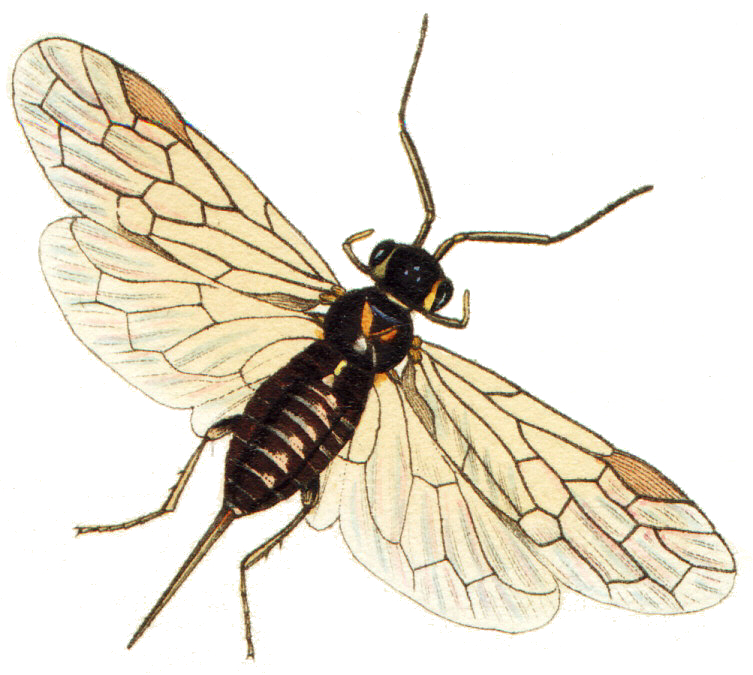|
Trigonaloidea
Trigonalidae (the spelling Trigonalyidae is incorrect under Article 29.5 of the ICZN,ICZN Code 29.5. Maintenance of current spellings. If a spelling of a family-group name was not formed in accordance with Article 29.3 but is in prevailing usage, that spelling is to be maintained, whether or not it is the original spelling and whether or not its derivation from the name of the type genus is in accordance with the grammatical procedures in Articles 29.3.1 and 29.3.2. also historically sometimes spelled Trigonaloidae, based on an unjustified emendation) is one of the more unusual families of hymenopteran s, of indeterminate affinity within th ... [...More Info...] [...Related Items...] OR: [Wikipedia] [Google] [Baidu] |
Apocrita Apocrita is a suborder of insects in the order Hymenoptera. It includes wasps, bees, and ants, and consists of many families. It contains the most advanced hymenopterans and is distinguished from Symphyta by the narrow "waist" ( petiole) formed between the first two segments of the actual abdomen; the first abdominal segment is fused to the thorax, and is called the propodeum. Therefore, it is general practice, when discussing the body of an apocritan in a technical sense, to refer to the mesosoma and metasoma (or |

